Top 13 South American Foods You Have to Try
South American cuisine is a vibrant mix of flavors, textures, and culinary traditions, offering everything from fresh seafood to hearty stews and indulgent pastries. Whether you are exploring the streets of Brazil or the mountains of Peru, there is a wide variety of delicious dishes that reflect the rich culture and diverse landscapes of the region. From savory grilled meats to sweet treats, each dish tells a unique story and offers a taste of South America’s culinary heritage. Get ready to discover some of the most mouthwatering flavors that this continent has to offer.
This post may contain affiliate links, which helps keep this content free. Please read our disclosure for more info.
Arepas (Venezuela and Colombia)
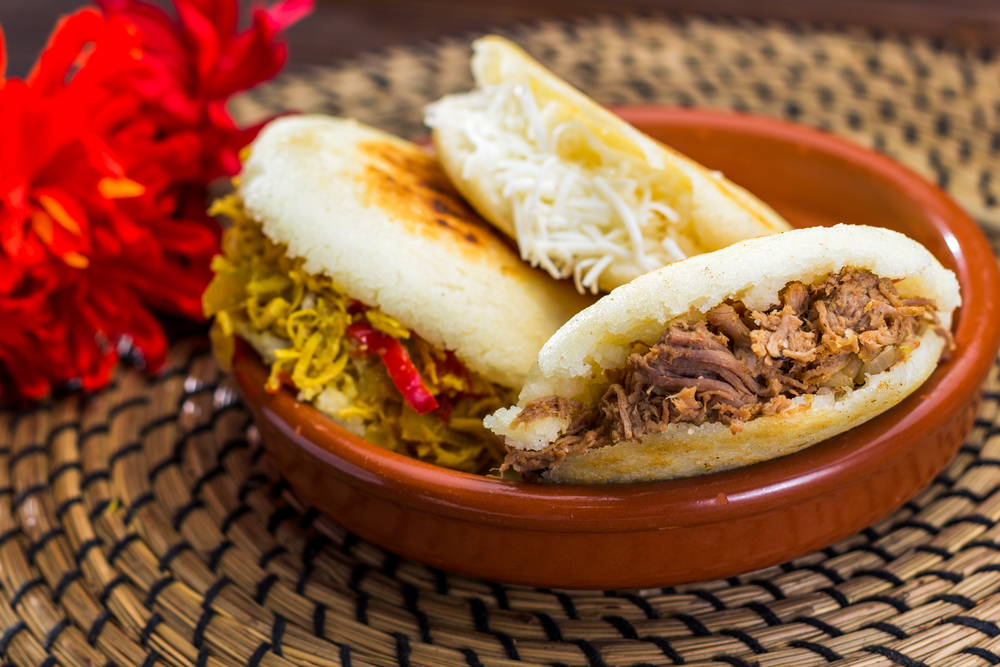
Arepas are a beloved dish in both Venezuela and Colombia, offering a versatile base for a range of fillings. The dough, made from cornmeal, can be grilled, baked, or fried, making it crispy on the outside while staying soft on the inside. In Venezuela, arepas are often filled with cheese, ham, or even shredded beef, and are served at any time of the day. In Colombia, they can be paired with eggs or meat, making them a hearty breakfast or dinner option.
The simplicity of the ingredients contrasts with the incredible variety of ways arepas are served, making them an essential part of South American cuisine. This dish represents the region’s resourceful cooking style, where ingredients are combined in different ways to create satisfying meals. With every bite, you get a taste of the region’s history, from indigenous cooking practices to modern adaptations.
Empanadas (Argentina, Chile, and Uruguay)
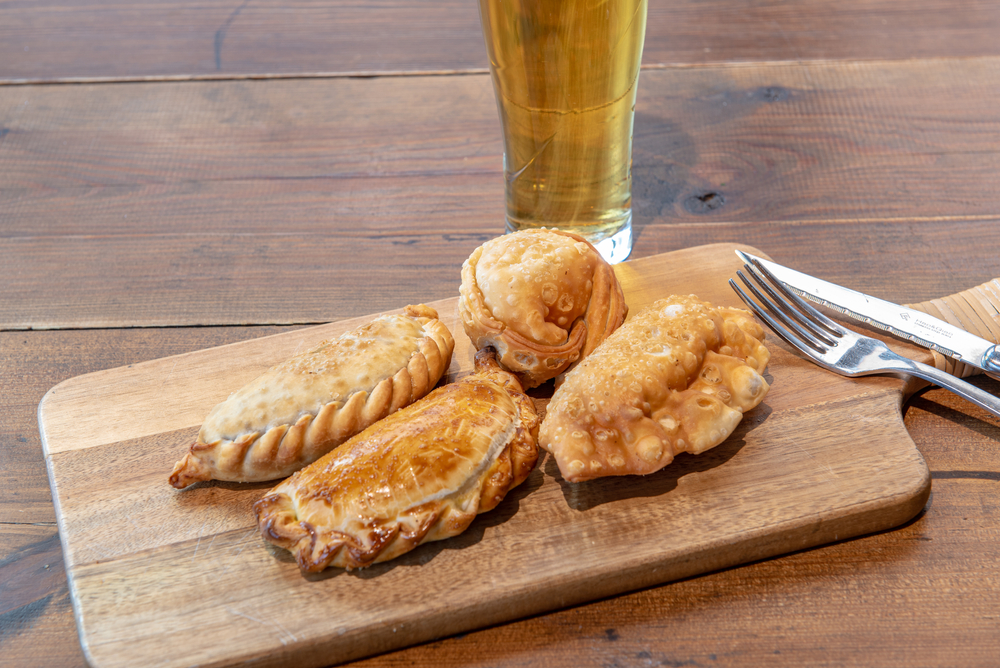
Empanadas are baked or fried pastry pockets filled with a variety of ingredients, from meats like beef, chicken, and pork to vegetables, cheese, and even fruits. In Argentina, beef empanadas are particularly famous, often spiced with cumin and paprika. Chile’s empanadas may contain seafood, reflecting the country’s coastal geography. Uruguay also enjoys these savory pastries, typically filled with a combination of beef and onions.
The unique feature of empanadas is the use of different fillings depending on the country, showcasing how this dish has adapted to local ingredients and tastes. Whether served as a snack or a main meal, empanadas offer a blend of flaky crust and savory filling that embodies the hearty, comfort food style of South American cooking.
Ceviche (Peru and Ecuador)
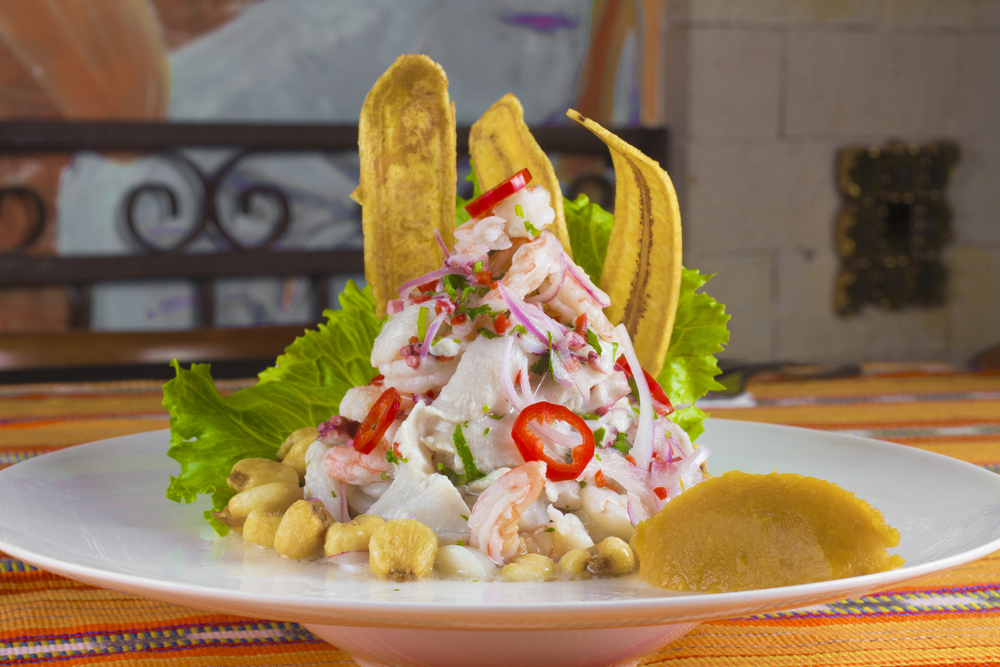
Ceviche is one of South America’s most famous seafood dishes, particularly popular in Peru and Ecuador. It consists of raw fish, typically white fish or shrimp, marinated in freshly squeezed lime juice and mixed with onions, cilantro, and chili peppers. The acid from the lime juice “cooks” the fish, giving it a delicate texture while preserving its freshness.
This dish is often served with sides like sweet potatoes, corn, or plantains, adding a contrast of flavors and textures. Ceviche represents the rich coastal culture of South America, where seafood is a central part of the diet. It is a dish that combines the freshness of the ocean with the heat of local spices, offering a true taste of the region’s vibrant flavors.
Feijoada (Brazil)
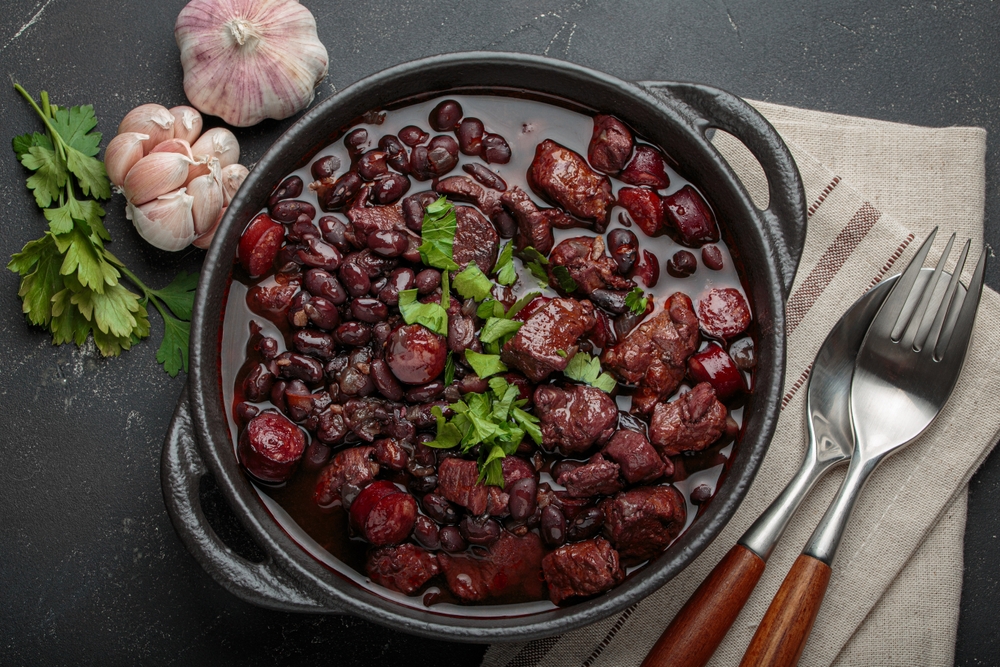
Feijoada is a hearty black bean stew often considered the national dish of Brazil. It features a variety of meats, such as pork, sausage, and beef, slow-cooked with black beans and flavored with garlic, onions, and bay leaves. Typically, it is served with rice, collard greens, and slices of orange to balance the richness of the stew.
The dish is deeply rooted in Brazilian history, originating from the country’s African influence. Feijoada is often prepared for large gatherings, making it a dish that brings people together to enjoy a filling, flavorful meal. It is a great example of Brazilian comfort food, rich in both history and taste.
Asado (Argentina, Uruguay)
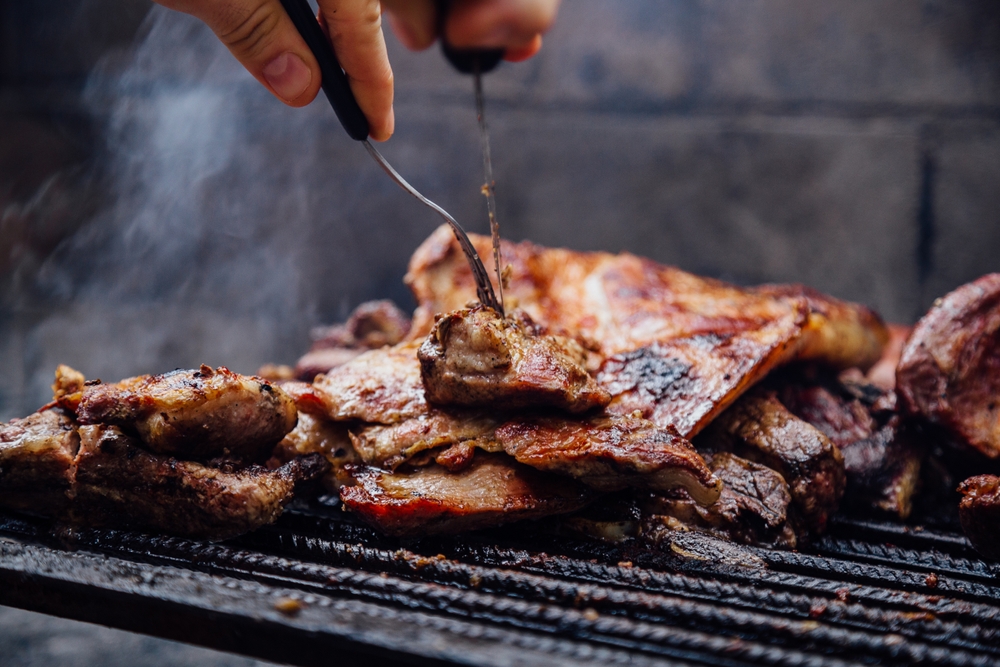
Asado is a style of cooking meat over an open flame, and it is one of the most beloved traditions in Argentina and Uruguay. The cuts of meat used for asado vary, but popular options include beef ribs, sausages, and steaks. The meat is typically cooked slowly, allowing it to absorb the smoky flavor, while chimichurri sauce, made from parsley, garlic, vinegar, and oil, is often used to enhance the taste.
Asado is more than just a meal; it is a social event, a time for family and friends to gather around the grill. This dish highlights the region’s passion for beef and the art of grilling, which is considered a ritual in South American culture. Whether enjoyed at a family barbecue or a special celebration, asado offers a true taste of South American hospitality.
Pão de Queijo (Brazil)
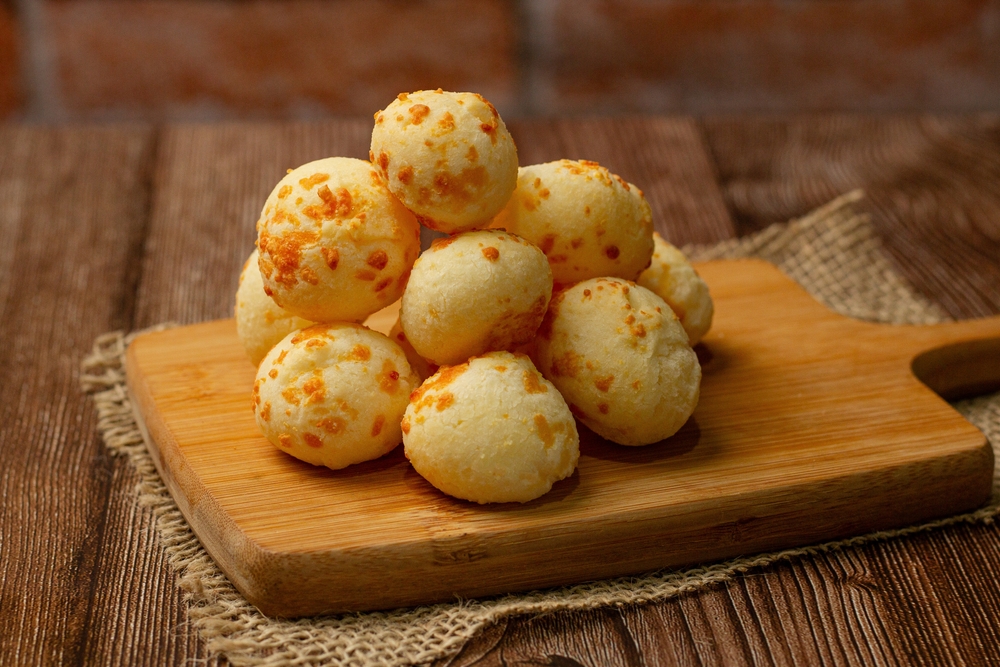
Pão de queijo, or Brazilian cheese bread, is a small, fluffy bread roll made from tapioca flour and cheese, resulting in a naturally gluten-free treat. The bread has a chewy texture and a rich, cheesy flavor, often served as a snack or breakfast item. It is commonly enjoyed with a cup of coffee or as part of a larger meal.
The popularity of pão de queijo in Brazil extends beyond its delicious flavor; it also represents the country’s resourcefulness in using local ingredients. Tapioca flour is a staple in many Brazilian kitchens, and the combination of cheese and tapioca flour creates a unique texture that is both satisfying and comforting. It’s a dish that perfectly encapsulates Brazil’s creativity in turning simple ingredients into something extraordinary.
Arequipe (Colombia)

Arequipe is a Colombian version of dulce de leche, made by slowly heating sweetened milk until it thickens into a caramel-like consistency. It can be spread on bread, drizzled over desserts, or simply enjoyed by the spoonful. In Colombia, arequipe is commonly served with pastries or used to fill cakes.
This sweet treat is beloved for its smooth, creamy texture and rich flavor. Arequipe is a fantastic example of how simple ingredients, like milk and sugar, can be transformed into a decadent, indulgent food. The dish holds a special place in Colombian culture, often enjoyed during celebrations or as a comforting snack.
Pastel de Nata (Brazil)
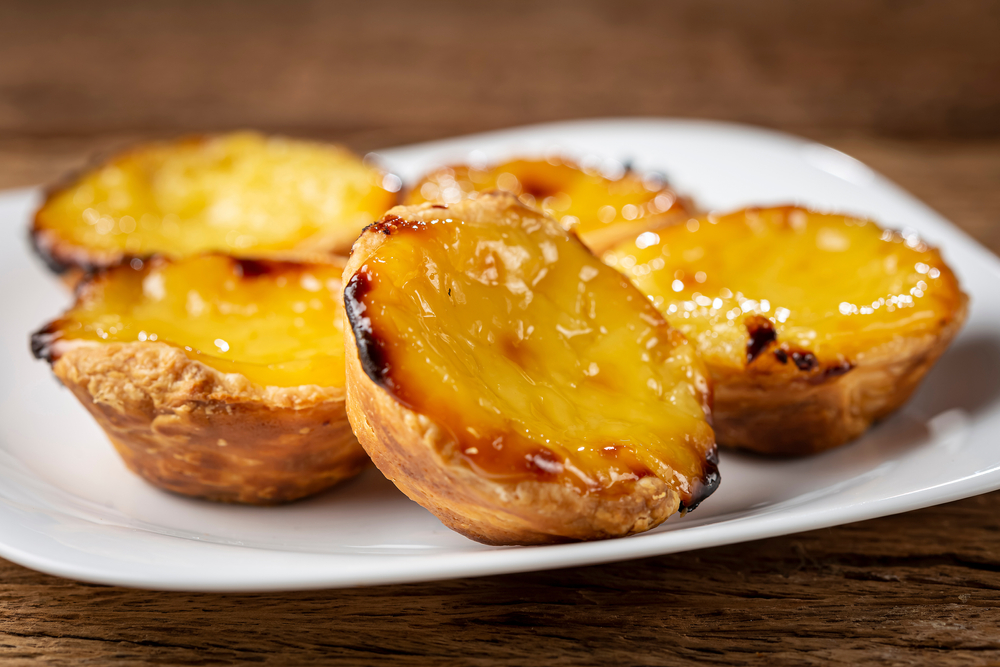
Pastel de nata, or Portuguese custard tarts, are a beloved dessert in Brazil, reflecting the country’s colonial history. These small pastries feature a flaky, buttery crust filled with a creamy custard made from eggs, sugar, and milk. While the dish has Portuguese origins, it has become a popular treat throughout Brazil, particularly in bakeries.
The combination of the rich custard and crisp pastry creates a perfect balance of textures, making it a favorite among both locals and visitors. Pastel de nata represents the influence of Portuguese culinary traditions in Brazil and is a great example of how these traditions have been embraced and adapted over time.
Humitas (Chile and Argentina)
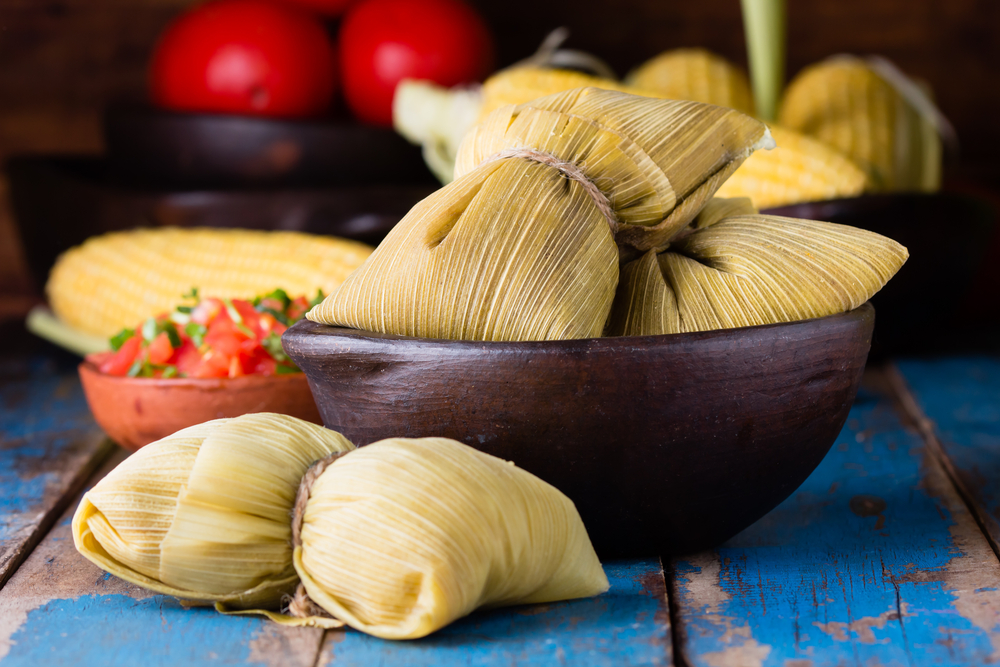
Humitas are corn-based dishes similar to tamales, often found in both Chile and Argentina. They are made by wrapping a mixture of ground corn, cheese, and other fillings in corn husks, then steaming or boiling them. In Chile, humitas are often served with a side of salsa, while in Argentina, they can be filled with a variety of ingredients like meat or herbs.
Humitas highlight the importance of corn in South American cuisine and demonstrate how this versatile ingredient can be used in both savory and sweet dishes. The combination of the natural sweetness of the corn and the savory fillings creates a satisfying dish that reflects the region’s agricultural abundance.
Locro (Argentina, Bolivia, and Peru)
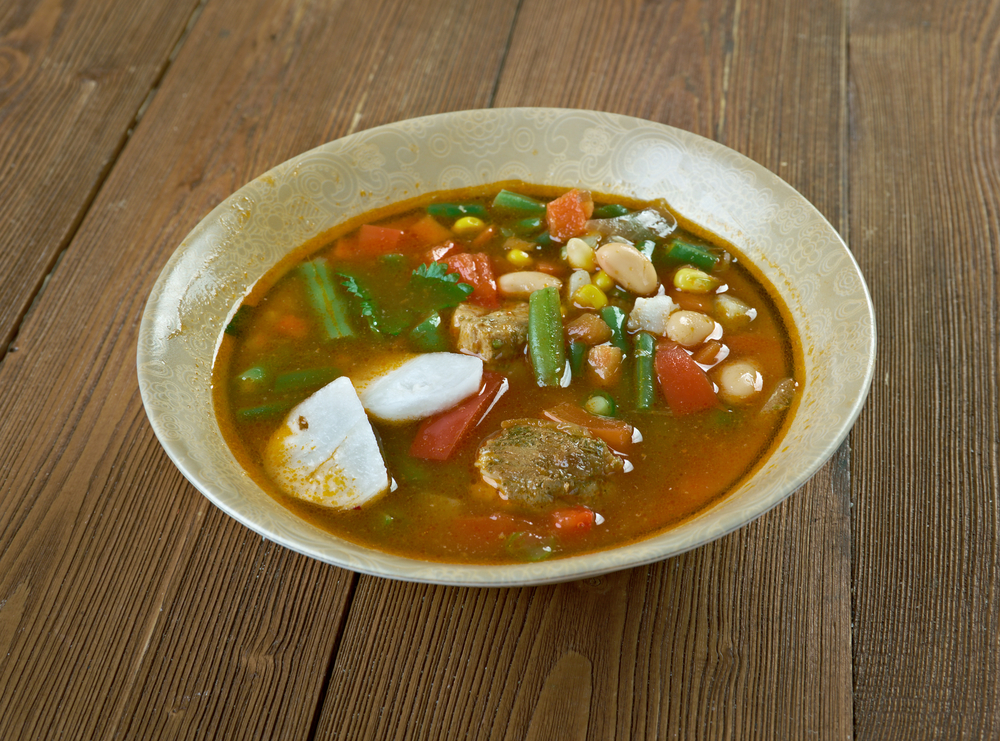
Locro is a traditional South American stew, commonly made with corn, potatoes, beans, and a variety of meats like pork or beef. It is particularly popular in Argentina, Bolivia, and Peru, and is often prepared for special occasions and celebrations. The dish is hearty and comforting, with a rich, flavorful broth that is perfect for cold weather.
Locro’s deep roots in indigenous cultures reflect the use of native ingredients like corn and potatoes, staples that have been a part of the region’s diet for centuries. Each country has its variation of locro, making it a great representation of South America’s diverse culinary landscape. The dish brings together a wide array of flavors, making it a fulfilling and flavorful choice for any occasion.
Churrasco (Brazil)
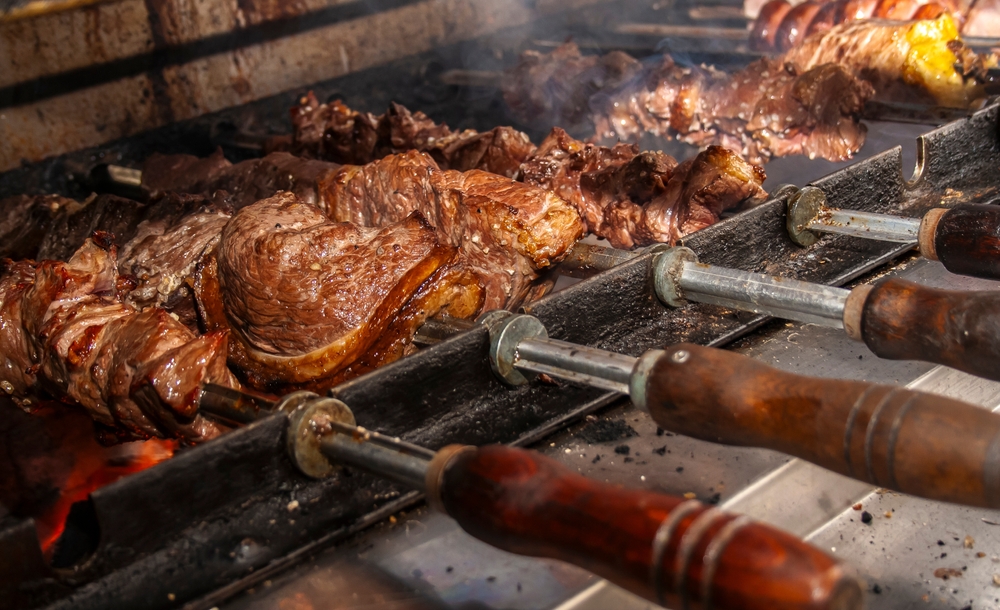
Churrasco is Brazil’s version of barbecue, featuring a variety of meats cooked on skewers over an open flame. This style of grilling is known for its simplicity, with the meats seasoned with salt and cooked until tender. Churrasco can include cuts like beef, pork, chicken, and sausages, making it a deliciously varied dish.
This dish is not only about the meat but also about the experience of gathering with friends and family to enjoy a meal together. Churrasco is often served with sides like rice, beans, and salads, creating a well-rounded, satisfying meal that is perfect for outdoor gatherings. It’s a prime example of the Brazilian love for grilling and their rich barbecue traditions.
Tamales (Chile, Peru, and Ecuador)
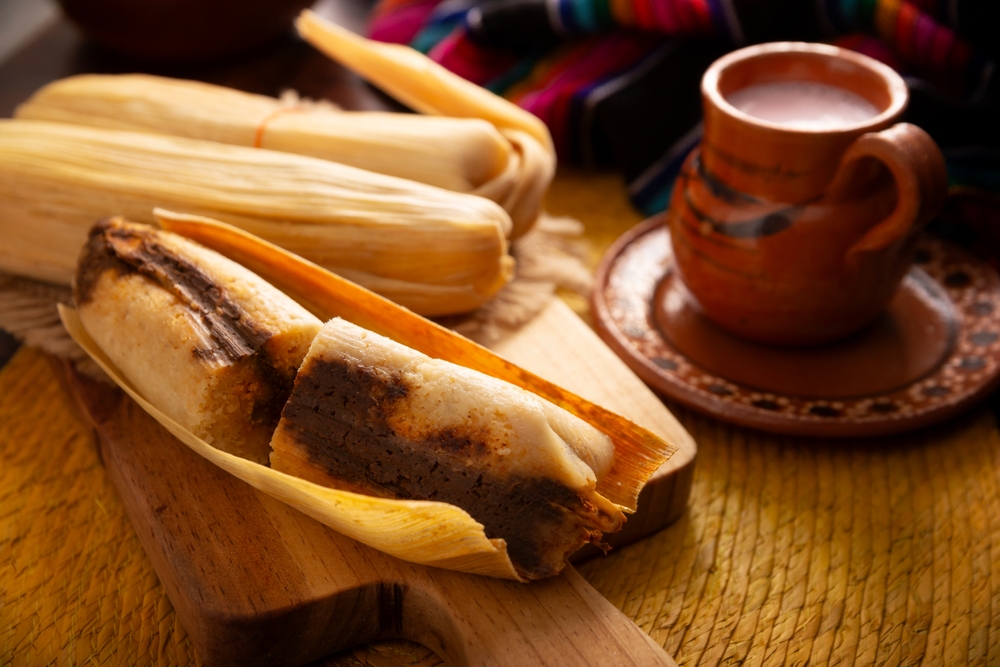
Tamales are made from masa (corn dough) that is stuffed with various fillings like meats, vegetables, or cheese, then wrapped in corn husks and steamed. In Chile, they are often filled with chicken and olives, while in Ecuador, pork is a common filling. The dish is popular across South America, with each country adding its twist.
Tamales are a fantastic example of how indigenous ingredients like corn are central to South American cooking. They are perfect for celebrations, often served at family gatherings and festivals. The warm, tender masa combined with flavorful fillings makes tamales a comforting and satisfying dish.
Pisco Sour (Peru and Chile)

Pisco Sour is the national cocktail of both Peru and Chile, made with pisco (a type of brandy), lime juice, sugar, egg whites, and bitters. The cocktail has a smooth, frothy texture and a balance of tart and sweet flavors, making it a refreshing drink that is often enjoyed before or after meals.
The Pisco Sour is an iconic drink in South American culture, symbolizing the region’s love for mixing fresh ingredients with spirits. It has become a staple in bars and restaurants, both locally and internationally. The cocktail represents the creative spirit of South America, where flavors are boldly combined to create something refreshing and new.
This article originally appeared on Avocadu.
